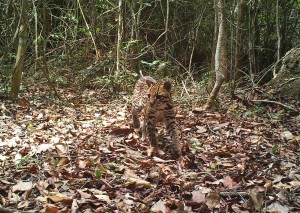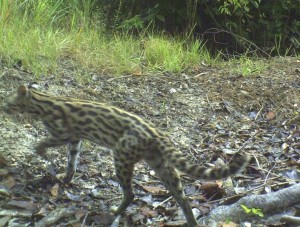By Matt Hallett
Part II

Guyana is home to six species of wild cat – each with unique natural histories, beautiful physical attributes, and interesting behaviours. Each of the six species plays an important role in the vast forests and savannas of Guyana, a niche that evolved over millions of years.
Whether it is as the top predator or feeding on rodents in the tree tops, the astonishing diversity of the landscape allows for all six of these species to share space, find enough food, and pass their genes on to the next generation, while each role plays an important part in the functioning of the landscape itself.
In a world where forests are being cut and overturned for short-term economic gain and species are being hunted to the brink of extinction, Guyana has managed its resources with a global perspective and an eye for the future.
And while wild cats have been vilified as dangerous nuisances that are a threat to public health recently in the press, maybe getting to know your wild neighbours might help all Guyanese realize what how special it is to share space with these unique creatures before it is too late.




